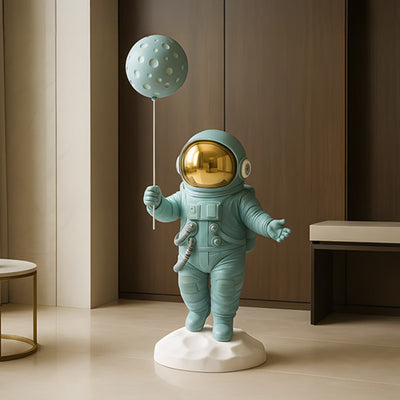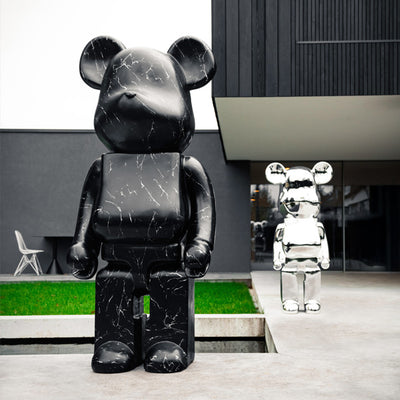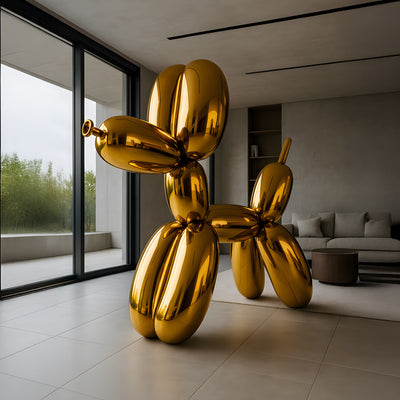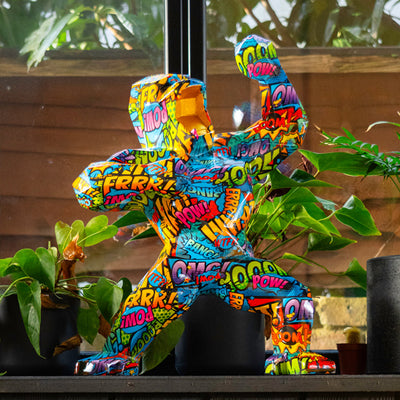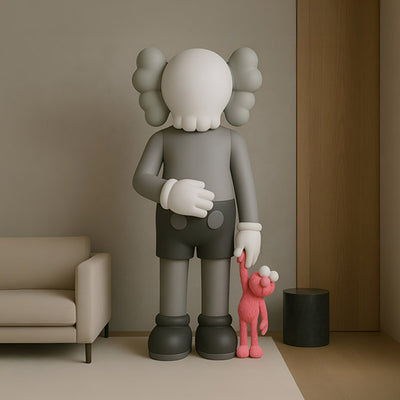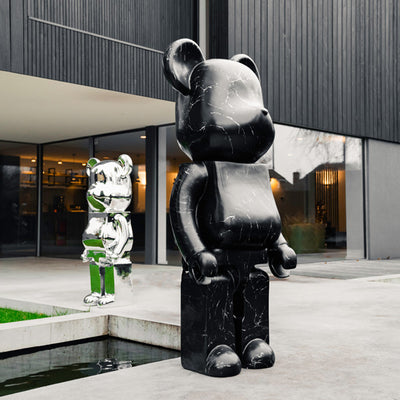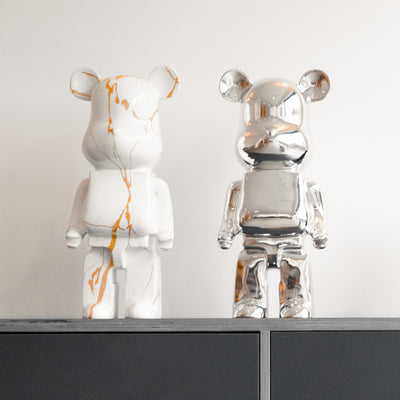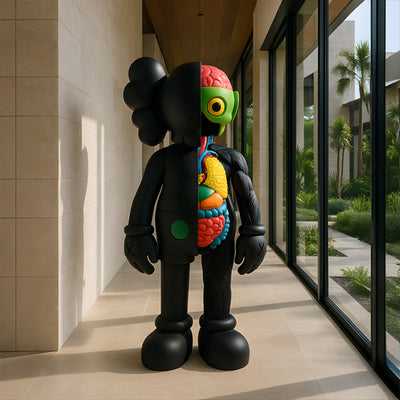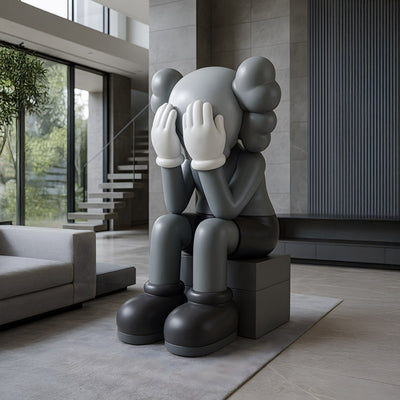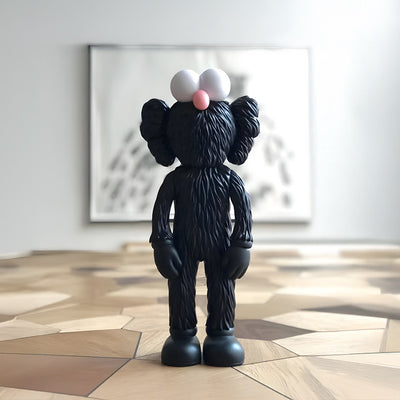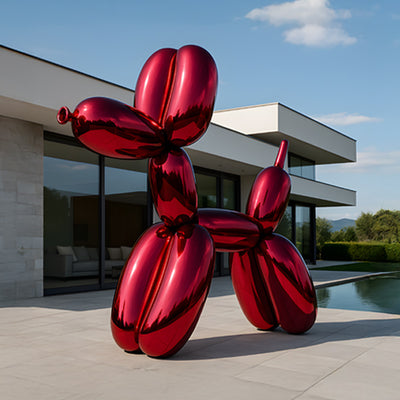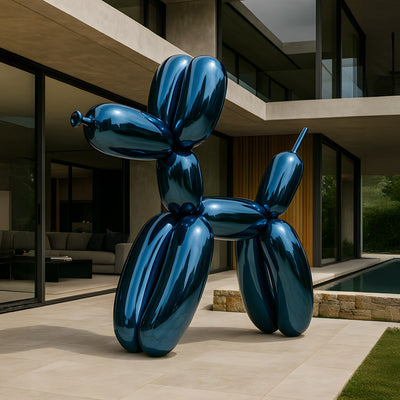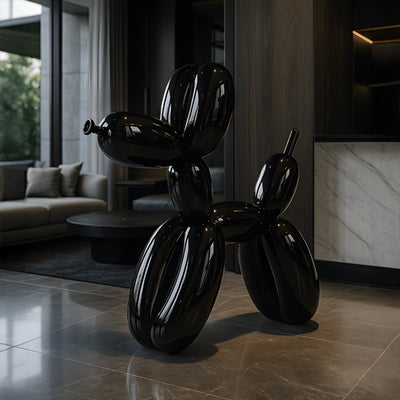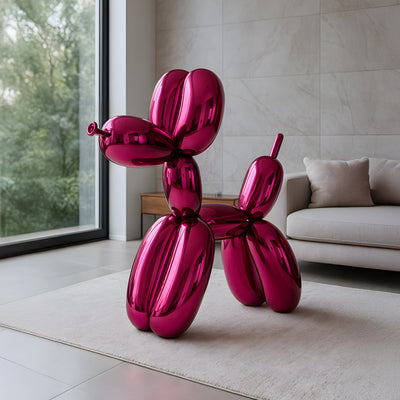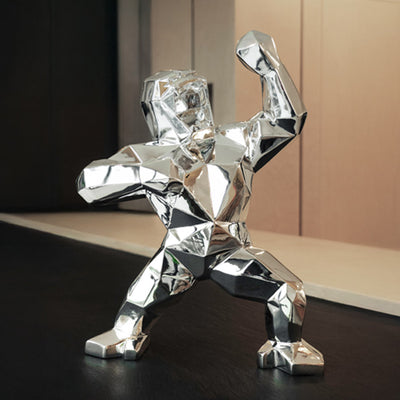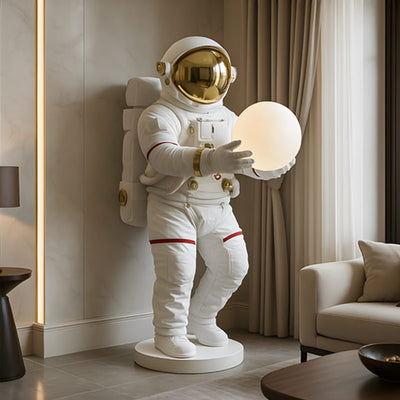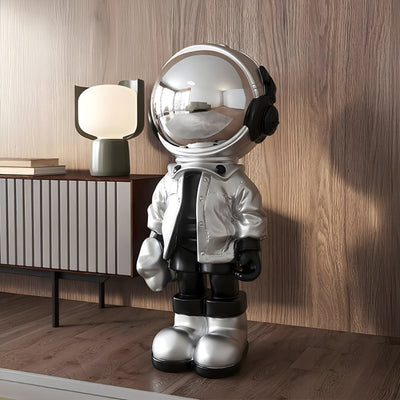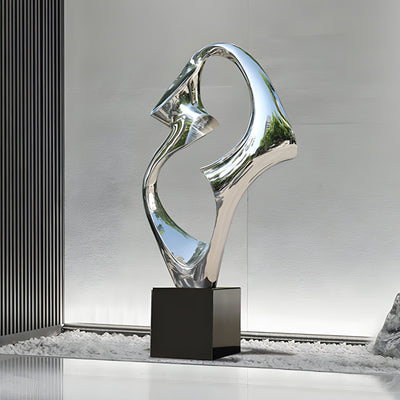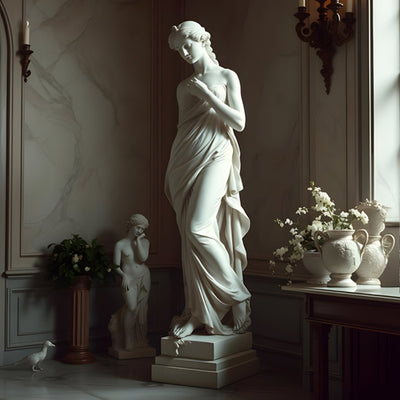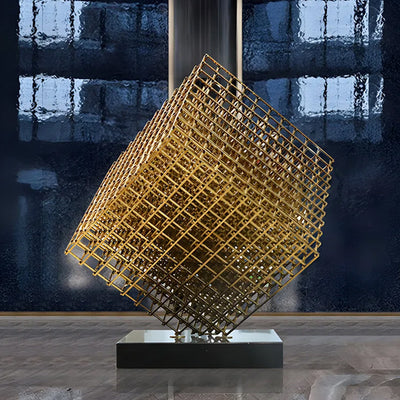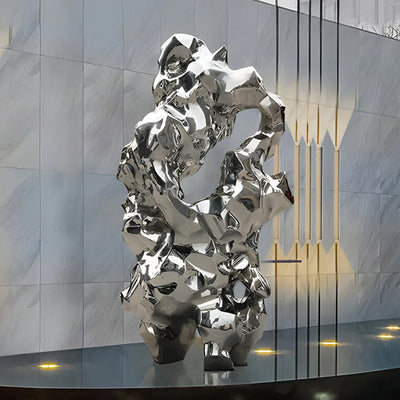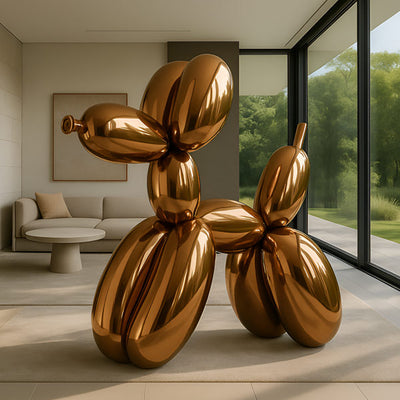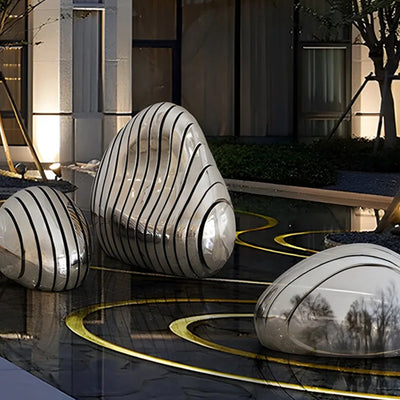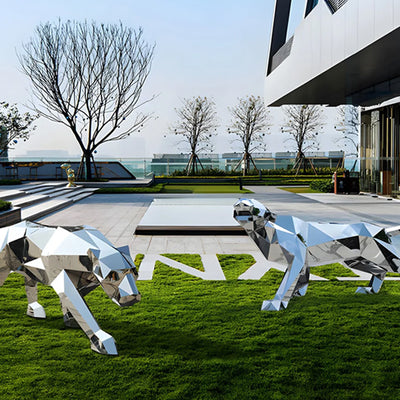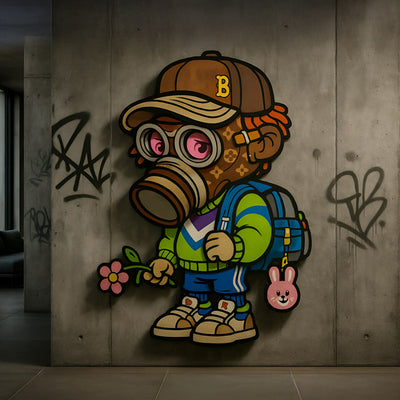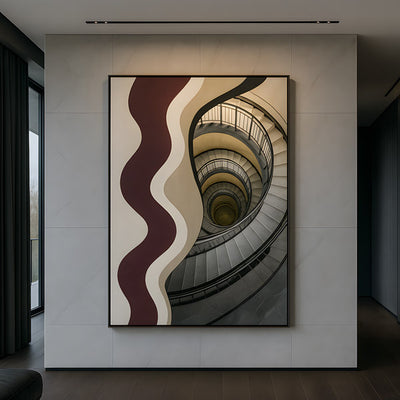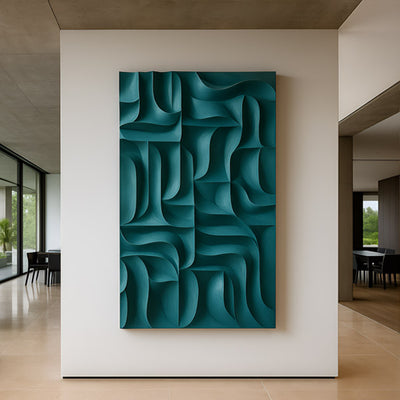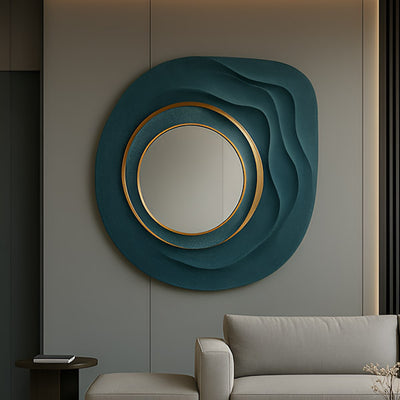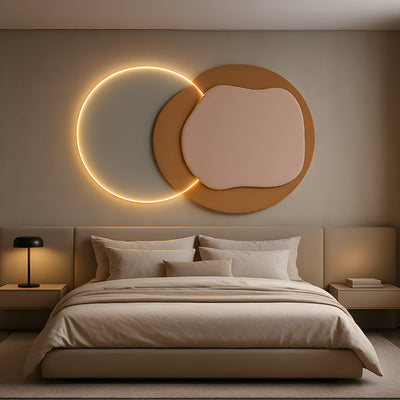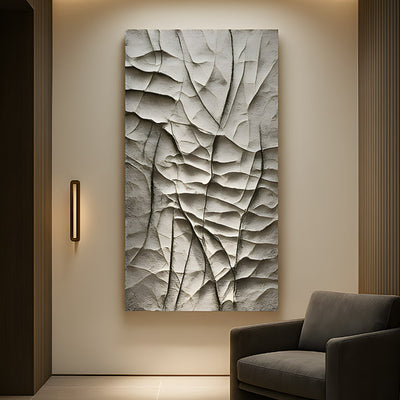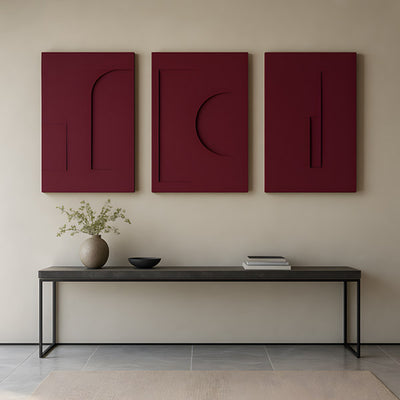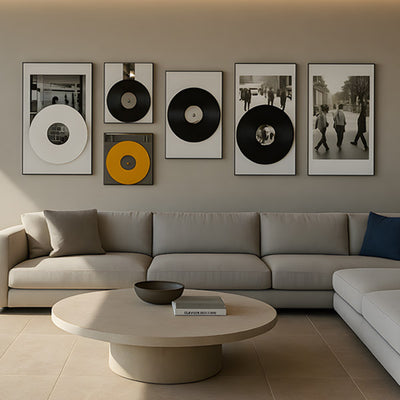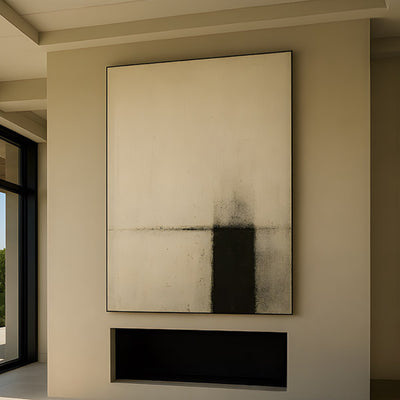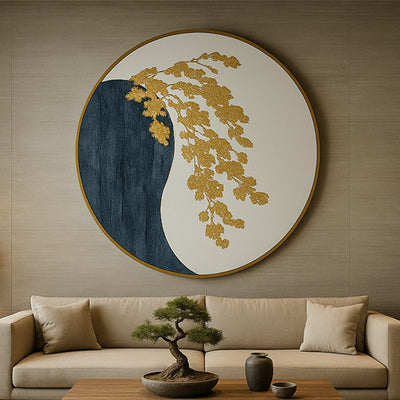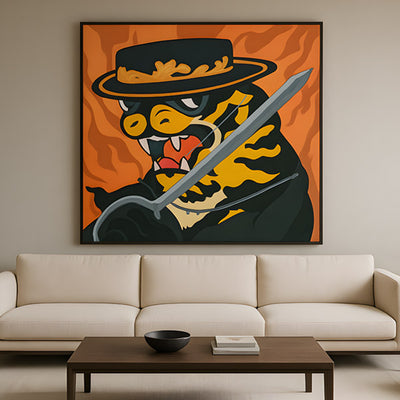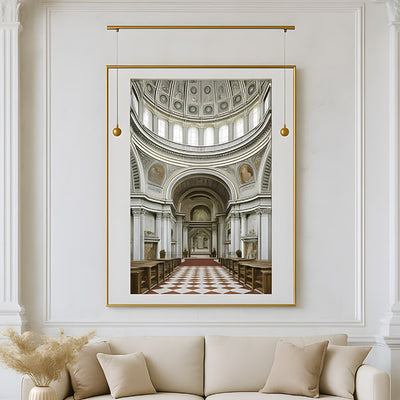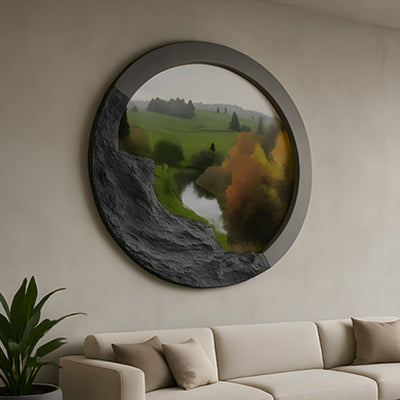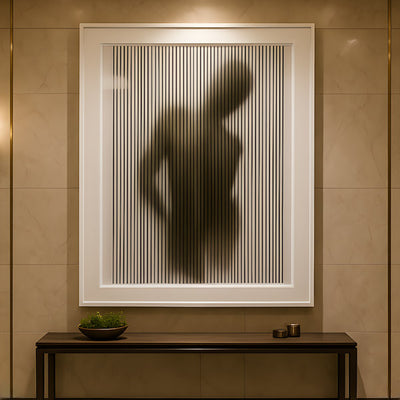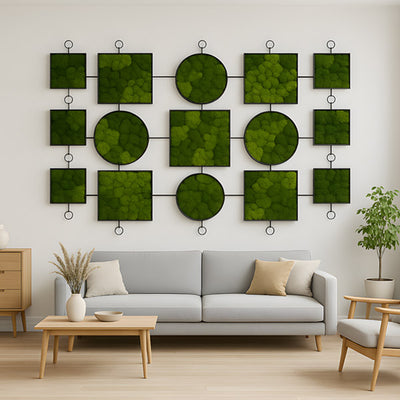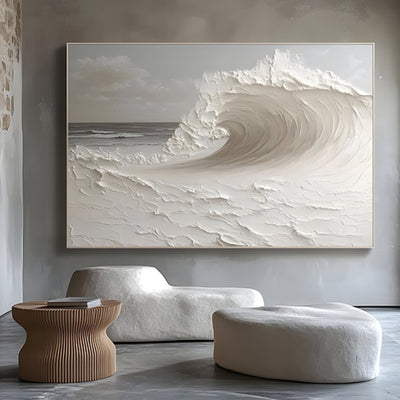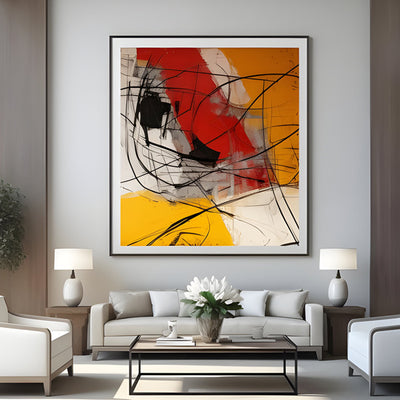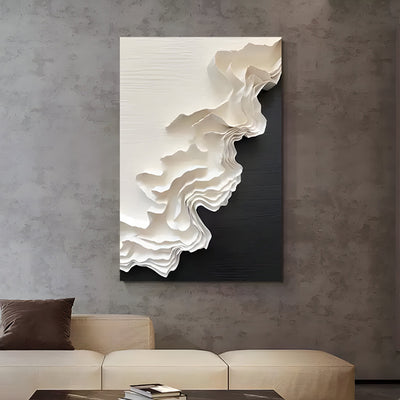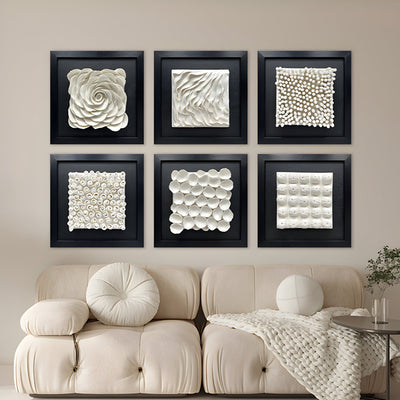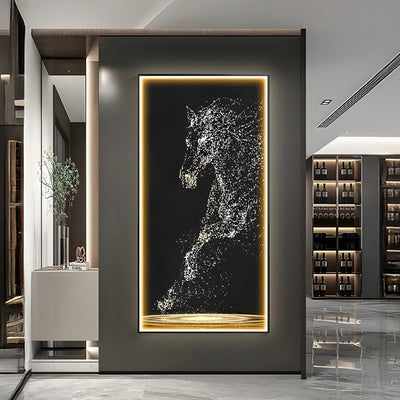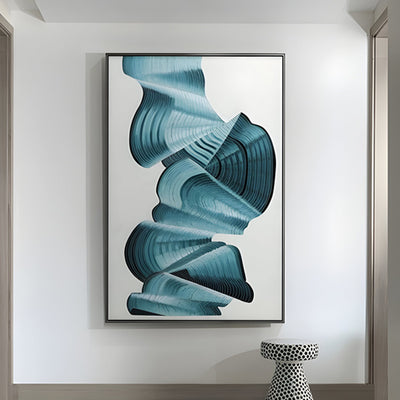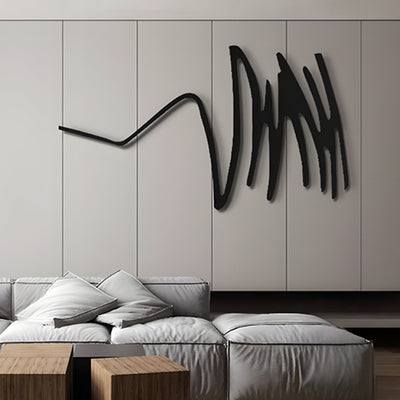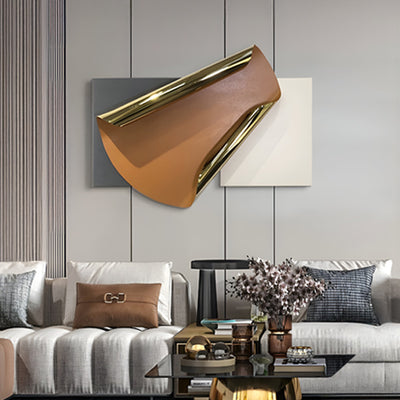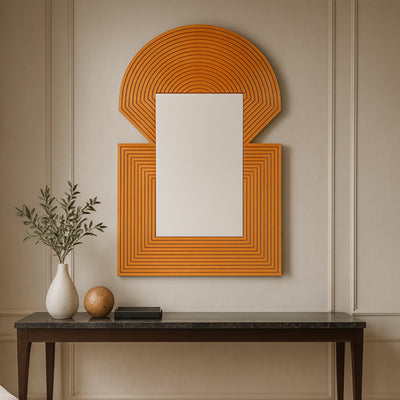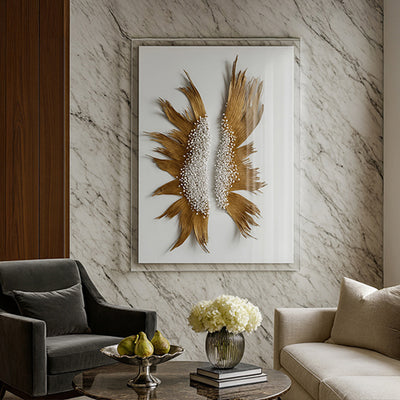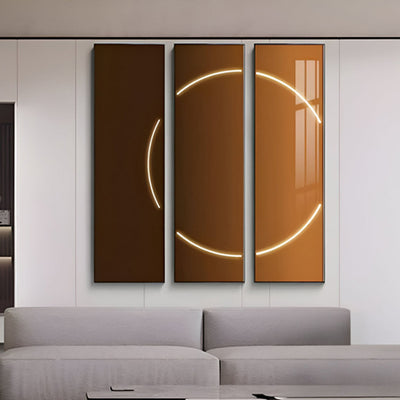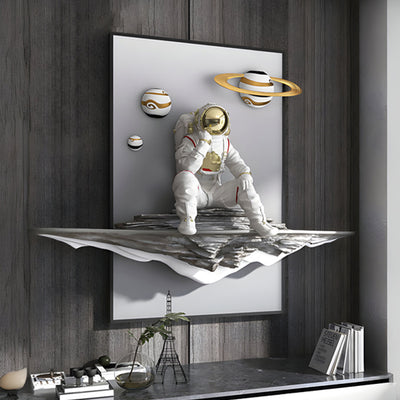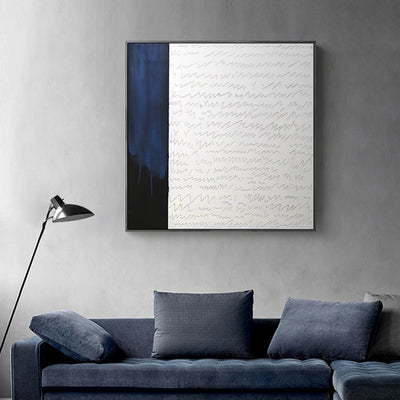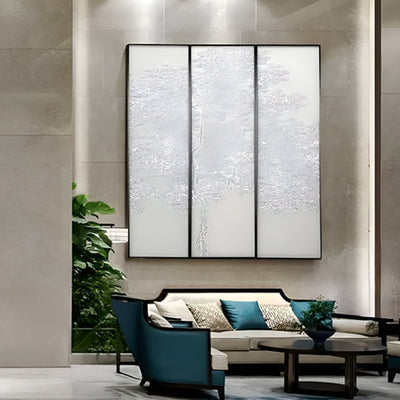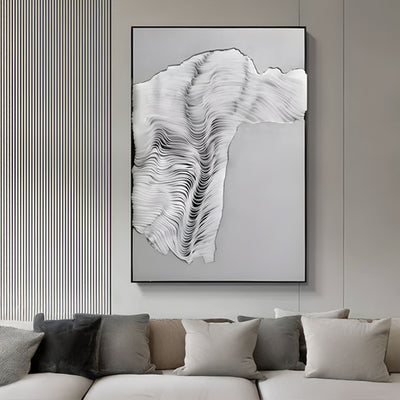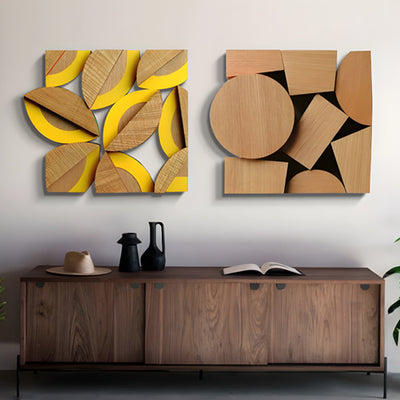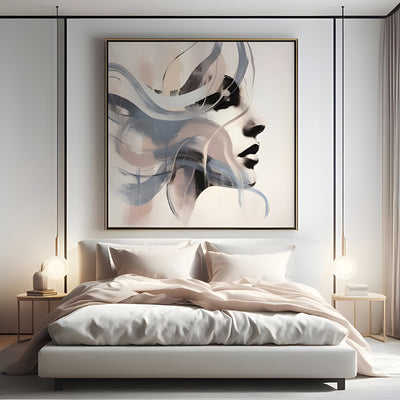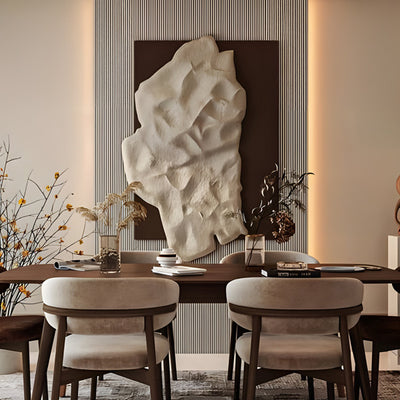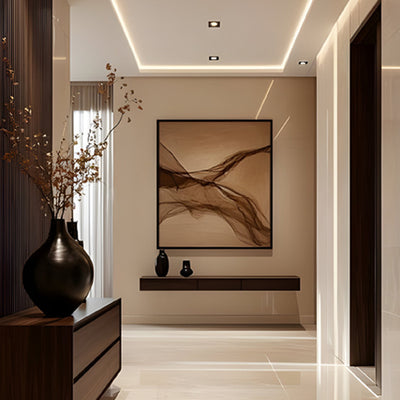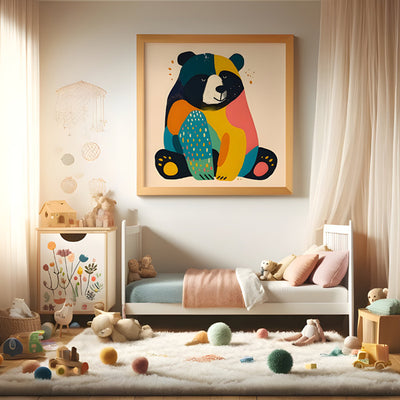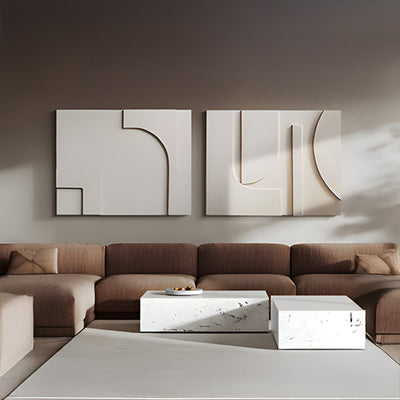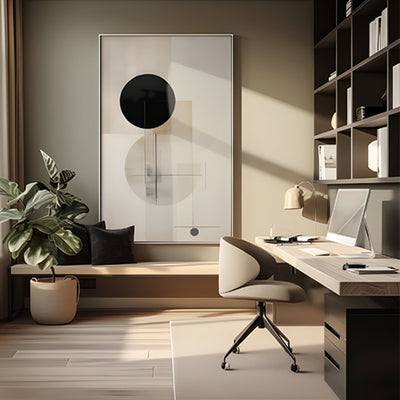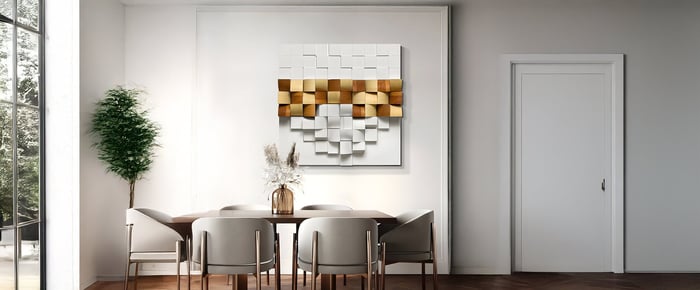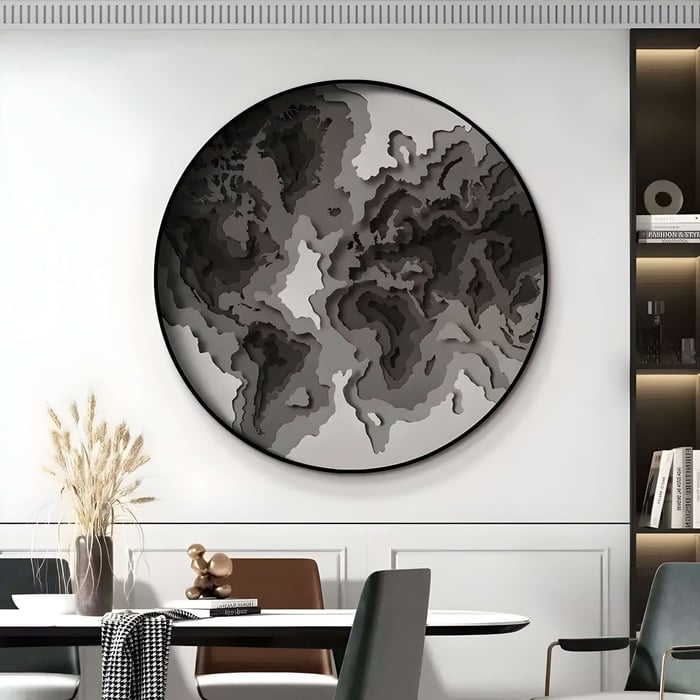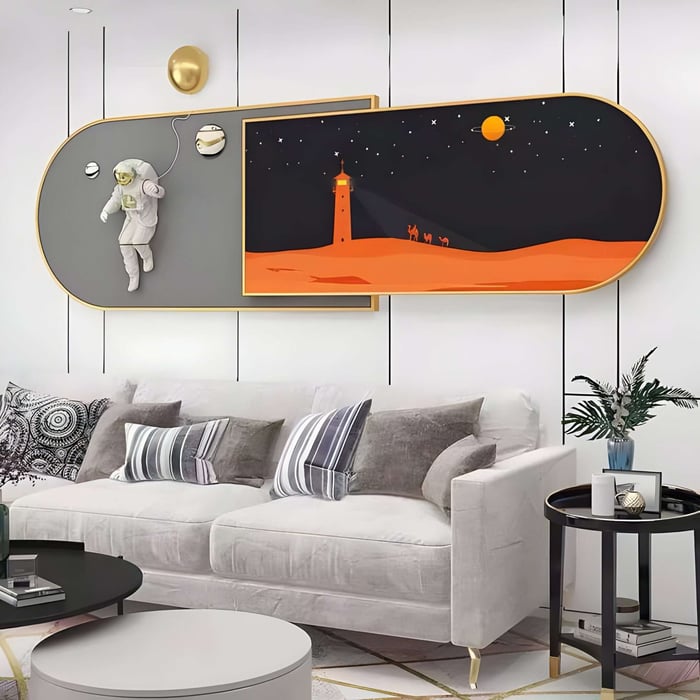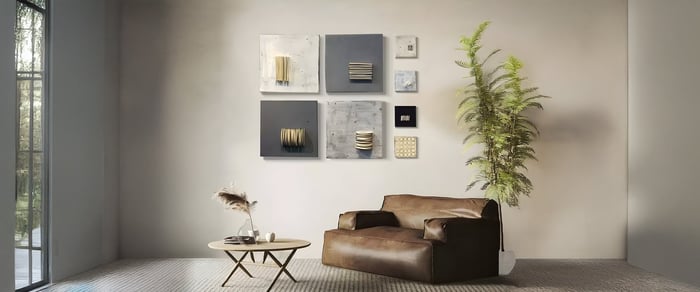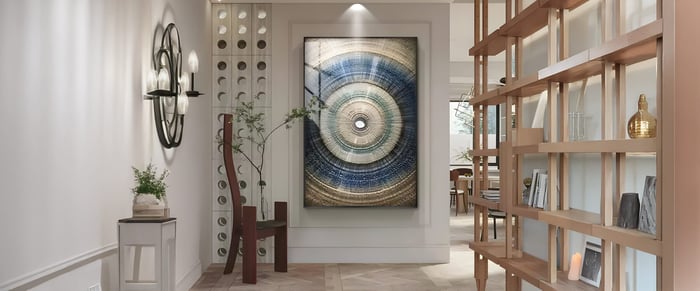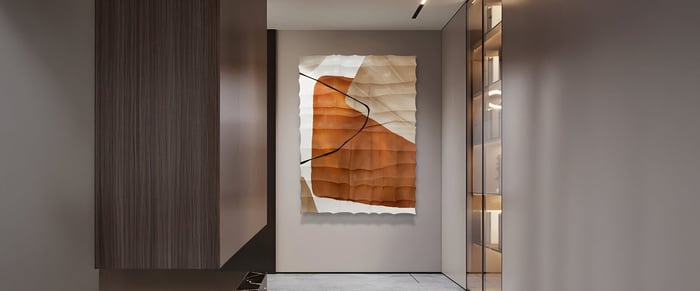Introduction
Choosing and displaying the right artwork can transform your dining room into a space that feels welcoming, engaging, and uniquely yours. As more homeowners seek to personalize their living environments, dining room art stands out as one of the most impactful elements of décor. Whether you gravitate toward minimalism, bold expressions, or something in between, carefully selected artworks can help set the tone for memorable gatherings and everyday meals alike. In this guide, you’ll discover how dining room art elevates mood, learn the different styles available - from 3D Art to Wabi-sabi art - and gain practical tips to curate a dining area that resonates with your personal taste.
Why the Right Dining Room Art Matters
Art is an effortless way to infuse character into an otherwise plain dining space. The walls where you hang or display your pieces become a focal point, drawing the eye and creating an aesthetic that sets the stage for conversation, relaxation, or celebration. Incorporating dining room art goes beyond just decoration; it reflects your personality, complements your furniture, and can even tie in with the overall theme of your home. When done thoughtfully, it can foster an inviting atmosphere that leaves a lasting impression on guests.
To make the most of your dining room art, consider how it aligns with your furniture’s style, the room’s color palette, and the lighting. From sophisticated canvases to eclectic gallery walls, your choices can convey a sense of drama, warmth, or subtle charm. By thinking about how each piece interacts with the rest of the décor, you’ll be able to craft a cohesive ambiance that transforms mealtime into an experience.
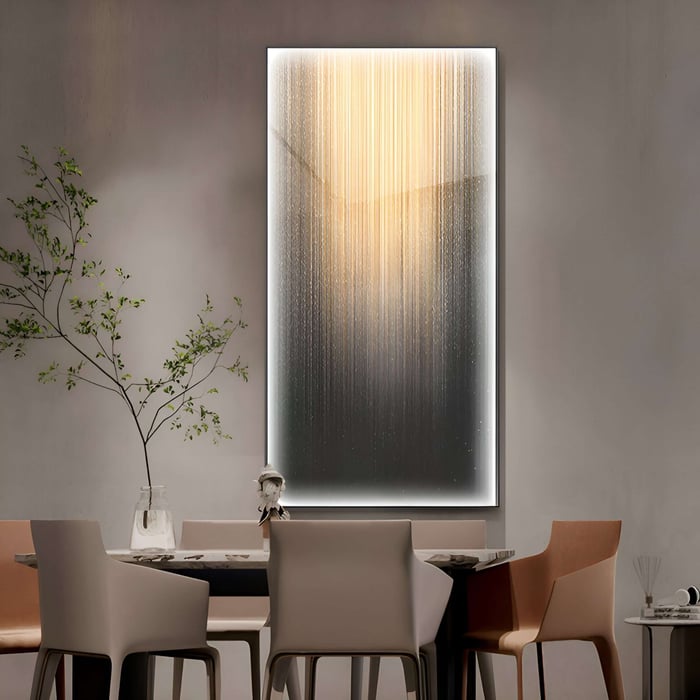
Key Considerations for Choosing Dining Room Art
Before diving into specific styles, it’s helpful to note some universal guidelines that ensure your artwork enhances the overall look of your dining space:
Scale and Proportion
The size of your artwork relative to the available wall space is critical. Large-scale pieces can add drama, while smaller prints or paintings are ideal for more intimate or narrow dining areas. When selecting dining room art, aim to fill the visual field without overwhelming the room. A good rule of thumb is to choose artwork that covers about two-thirds to three-fourths of the wall width above your dining table.Color Scheme and Mood
Your dining room’s color palette can guide your art choices. For instance, if your walls are neutral, bold or brightly colored art can be a striking accent. On the other hand, if your dining area already features vivid hues, subtle or monochromatic artworks can provide balance. Think of your color scheme not only in terms of wall paint but also furniture upholstery, table settings, and decorative accents like rugs or curtains.
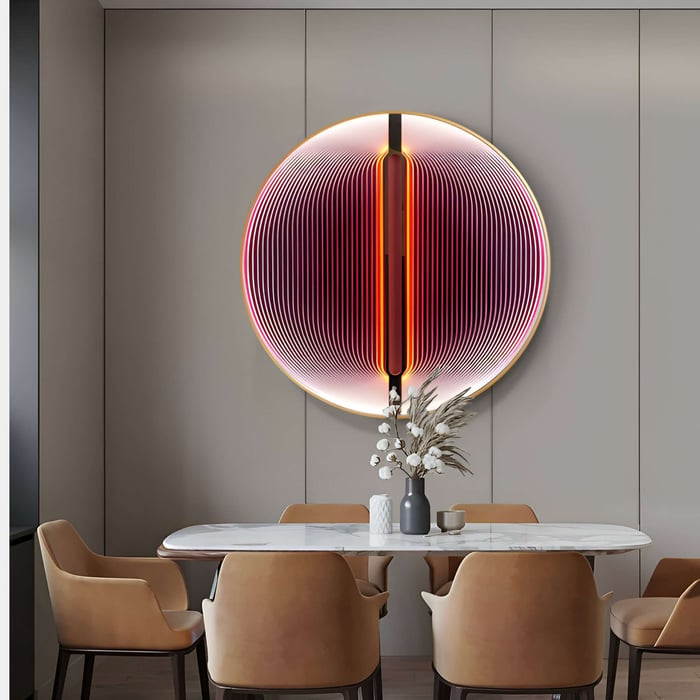
Theme and Style Harmony
To maintain consistency, opt for art styles that align with the overall design theme of your home. If your interior has rustic or bohemian elements, you might lean toward earthy, textured pieces. If it’s modern, you might gravitate toward minimalist lines or metallic accents. Making sure your dining room art flows naturally with other décor choices will help create a unified, visually appealing environment.Lighting Considerations
How your artwork is lit will greatly impact its visibility and ambience. Track lighting or adjustable spotlights can highlight key pieces, whereas soft overhead lights can lend a cozy feel. If your dining room enjoys abundant natural light, consider whether certain materials or colors might fade over time, and choose pieces accordingly.
Types of Art to Transform Dining Spaces
The style of artwork you choose can dramatically influence the atmosphere. Below are five popular art styles - 3D Art, Abstract Art, Nordic art, geometric art, and Wabi-sabi art - each offering a distinct way to enhance your dining room.
1. 3D Art
3D Art pieces boast dimensional elements that literally pop out from the wall. Sculptural features, layered components, or mixed media make this style eye-catching and dynamic, drawing attention and prompting conversation. Because of its tactile quality, 3D Art works especially well in dining spaces with minimalist or neutral themes; the three-dimensional effect becomes a bold focal point that captivates diners. If your dining area is large or has high ceilings, consider a vertically oriented 3D piece to fill the space and add visual intrigue. Incorporating these sculptures into your dining room art collection will guarantee a lasting impression on every guest.
2. Abstract Art
Abstract Art is often characterized by shapes, colors, and forms that do not attempt to represent recognizable objects. This style lends itself to interpretations, emotions, and spontaneity—ideal if you want your dining room art to spark conversation or creative thought. Abstract Art also works well in contemporary or transitional dining rooms because it can balance furniture with a burst of color or unexpected composition.
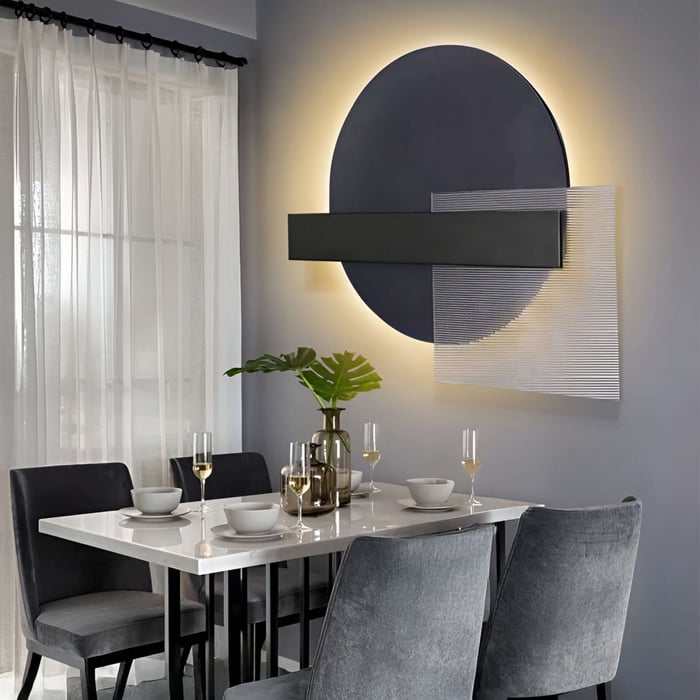
3. Nordic Art
Known for its simplicity, functional design, and emphasis on natural elements, Nordic art embodies the Scandinavian aesthetic of clean lines and muted tones. This style can introduce a calming vibe to your dining area, perfect for those who appreciate minimalism and an uncluttered environment. Light wood frames, subtle geometric patterns, and depictions of nature are commonly found in Nordic art, making it an excellent choice if you want a dining space that feels fresh and airy. Pair it with modern, streamlined furniture for a cohesive look. As a versatile dining room art option, Nordic pieces channel a serene ambiance that complements any dining room décor.
Bold patterns and angular shapes define geometric art, which can inject an immediate sense of modernity. These pieces often use repetitive forms, vibrant colors, or monotone palettes to deliver a stylish statement. By displaying geometric art as part of your dining room art, you introduce structure and visual rhythm. If the rest of your décor leans simple, a geometric piece can become the standout element that ties everything together. Conversely, if your dining space already includes patterns, choose geometric art that resonates with those designs in either color or motif to maintain harmony.
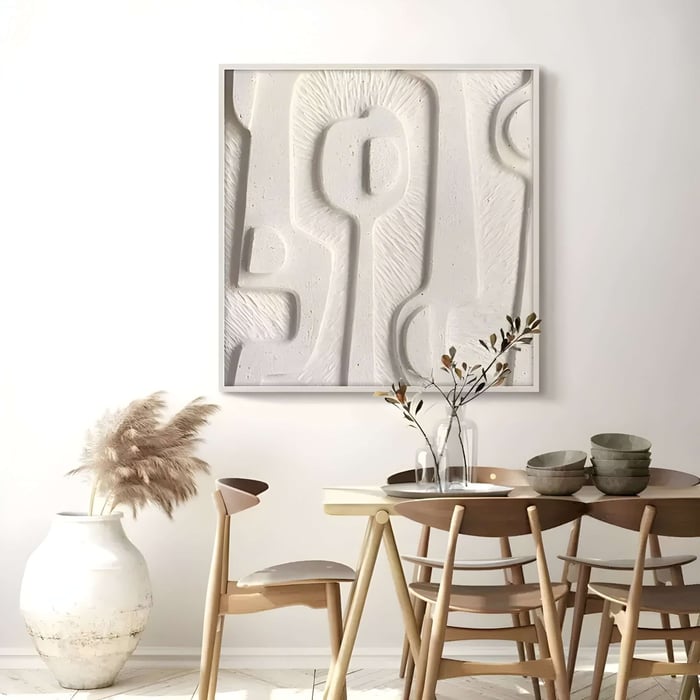
Rooted in Japanese philosophy, Wabi-sabi art celebrates imperfection, impermanence, and authenticity. Think earthy colors, irregular forms, and a sense of raw beauty that underscores the natural aging process. Wabi-sabi art can bring warmth and serenity to a dining space, especially when paired with organic materials like wood, stone, or ceramics. For those seeking an inviting yet understated environment, the subtle textures and muted hues of Wabi-sabi art can be a lovely way to create a peaceful dining atmosphere that encourages mindfulness and appreciation of the present moment.
Tips for Coordinating Artwork with Dining Room Art
It’s easy to become overwhelmed by choices when you start exploring different art styles. Here are some practical suggestions to help you harmonize dining room art with the rest of your décor:
Create a Focal Wall
If your dining area has a large blank wall, consider centering a single statement piece or creating a cohesive gallery. This could include a mix of 3D Art, Abstract Art, and maybe even a piece of Wabi-sabi art to tie everything together. The key is to ensure each artwork shares at least one unifying element - color, theme, or style - to maintain visual cohesion.Mind the Frame Style
Frames can significantly influence how art is perceived. A black or metallic frame can lend a contemporary feel, while rustic wood frames may enhance the warmth of Nordic art or Wabi-sabi creations. Consider the room’s existing design elements. For instance, if your dining room has a modern theme, you might prefer minimal frames in neutral shades that let the artwork itself shine.
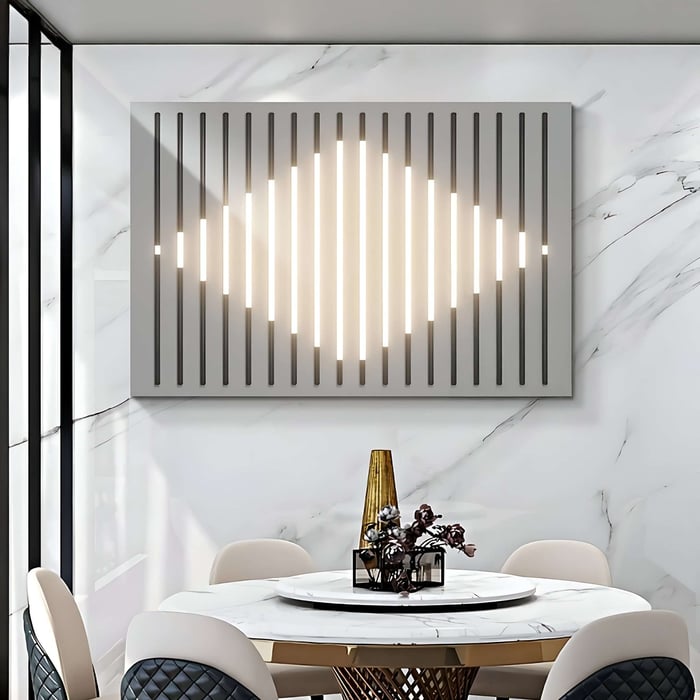
Mix and Match with Care
Combining different art styles (e.g., Abstract Art, geometric art, and 3D Art) can be visually striking, but be mindful of balance. Aim for variety in scale, but keep some thematic or chromatic threads consistent. If you have a bold geometric piece, consider pairing it with simpler, more muted Nordic art to create contrast without clashing.Consider Placement and Spacing
When hanging multiple pieces, ensure the spacing between frames is consistent to achieve a clean, intentional look. Align the center of the artwork at eye level - usually between 57 and 60 inches from the floor - to make it comfortable for most viewers. If you have a multi-panel piece that you want to place above a buffet or sideboard, ensure it doesn’t extend beyond the edges of the furniture for a harmonious effect.Refresh Over Time
One of the joys of curating dining room art is that your preferences can evolve. Don’t be afraid to rotate pieces seasonally or whenever you feel your dining space needs a refresh. Swapping out frames or experimenting with new styles - like Wabi-sabi art if you haven’t tried it yet - can breathe new life into your home décor without requiring a full redesign.
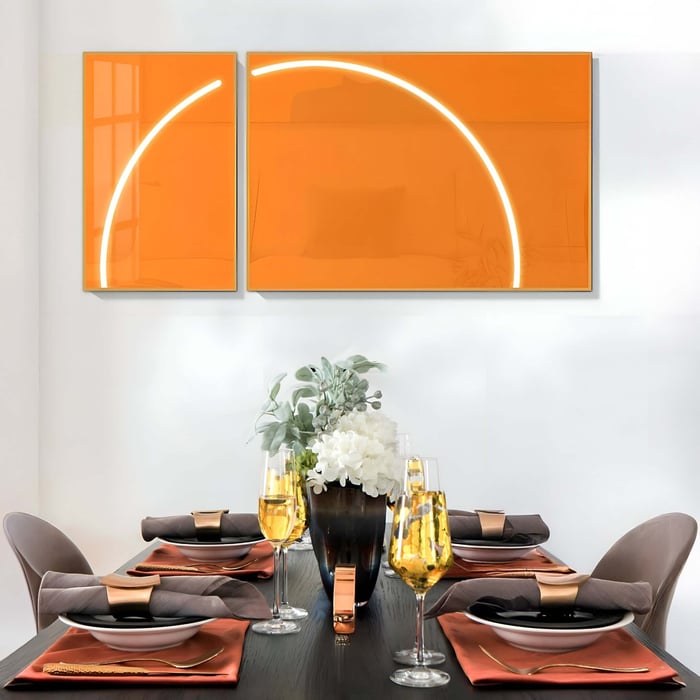
Final Thoughts
Selecting dining room art is a powerful way to infuse style, meaning, and atmosphere into a key gathering space in your home. By considering elements such as size, color scheme, and artistic genre, you can seamlessly integrate 3D Art, Abstract Art, Nordic art, geometric art, or Wabi-sabi art into your overall design. Reflect on what resonates with your aesthetic preferences and the mood you wish to create. Aiming for a tranquil dining nook or a lively, conversation-starting hub, the right pieces will transform any meal into a memorable occasion and make a lasting impression on those who step into your home.
